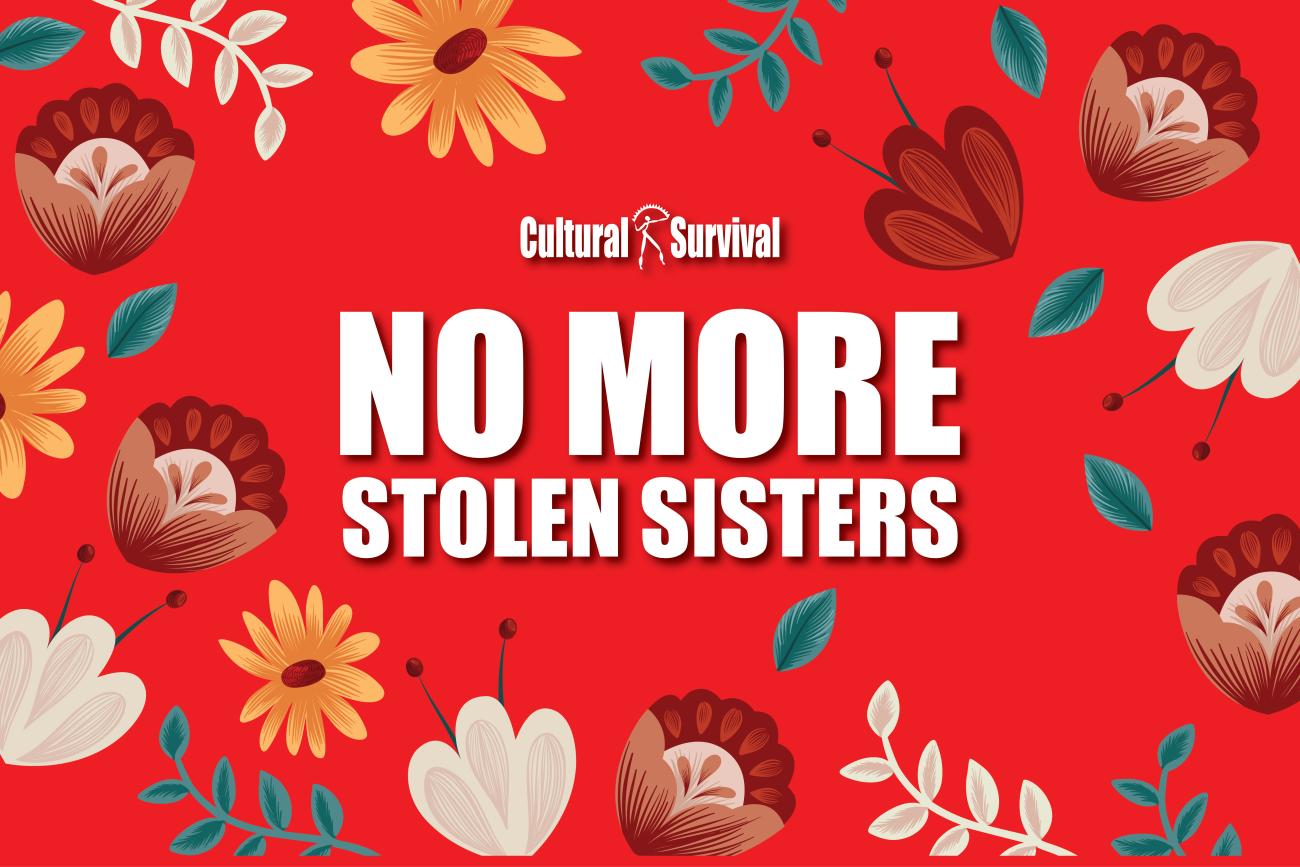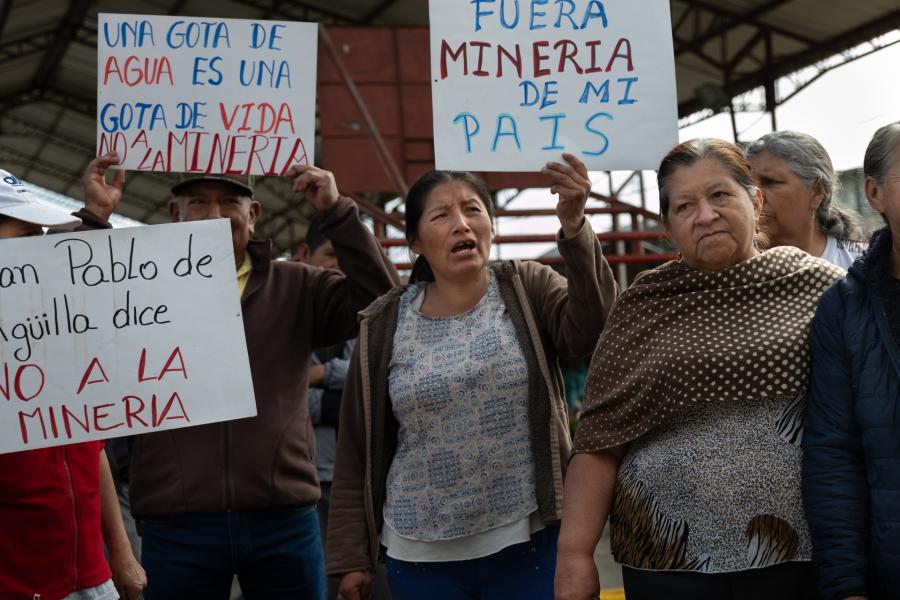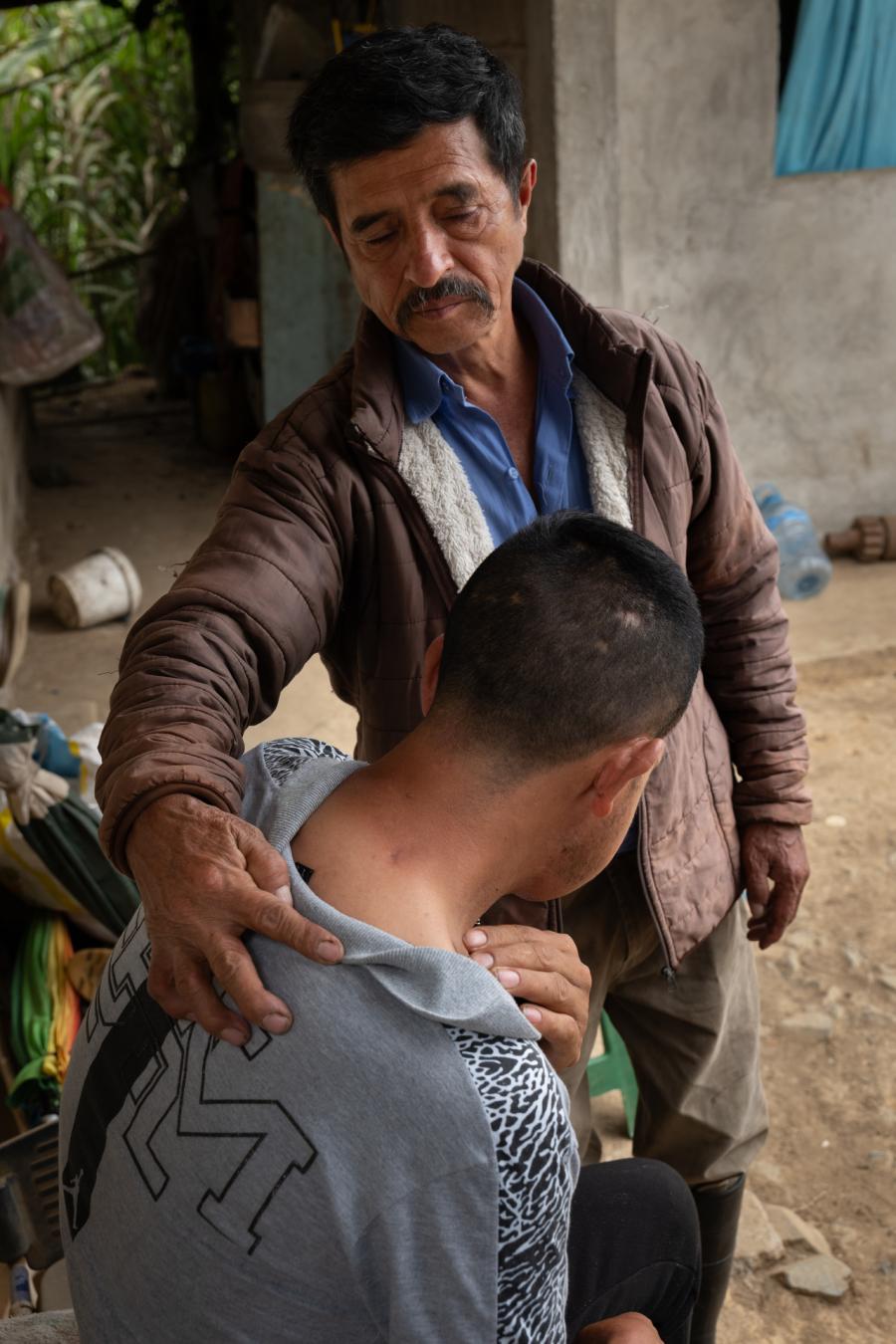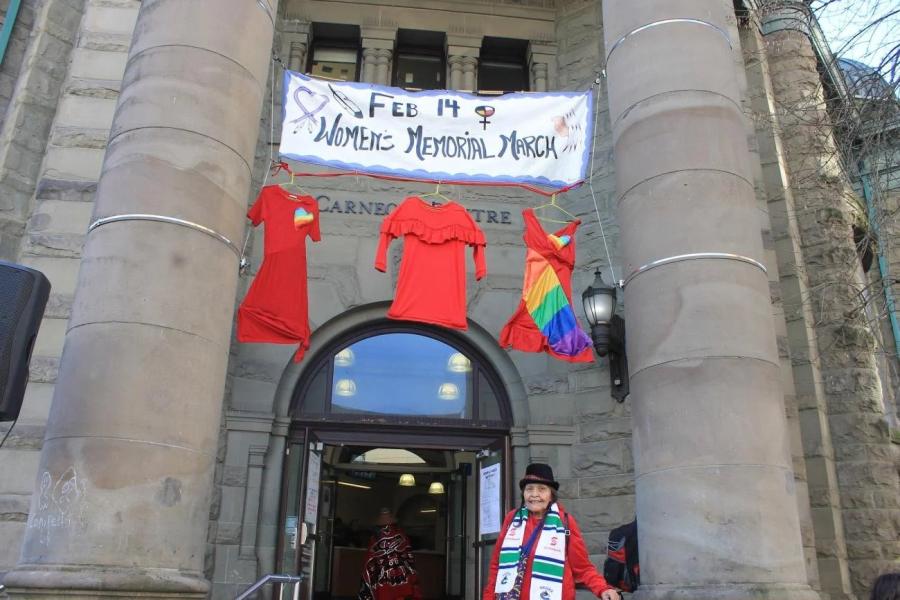
Trigger warning: This article discusses physical and sexual violence against Indigenous women. For immediate emotional assistance, call 1-844-413-6649. This is a national, toll-free 24/7 crisis call line providing support for anyone who requires emotional assistance related to missing and murdered Indigenous women, girls and Two-Spirited people. The Kuu-us Crisis Line provides 24-hour crisis services through the numbers below
- Adults/Elders (250-723-4050)
- Child/Youth (250-723-2040)
- Toll free (1-800-588-8717)
- Métis Line (1-833-638-4722)
Indigenous women, girls, and Two-Spirits suffer the highest rate of sexual assault and domestic violence. Systems of oppression like colonialism, racism, and anti-Indigenous violence intersect with the patriarchy and gendered violence, leaving Indigenous women in the most vulnerable position at the crossfire. More than 4 in 5 Indigenous women have experienced violence in their life, and 56.1 percent of Indigenous women have experienced sexual violence. Indigenous women face murder rates that are 10 times higher than the national average in some counties in the U.S. and Canada.
While these statistics illustrate the pervasiveness of violence, they do not tell the complex stories and trauma that Indigenous women go through. A number or percentage does not explain the grief, the sadness, the trauma and the feeling of danger that Indigenous women, girls, and Two-Spirits have to navigate every day. These numbers do not tell us about the dreams, the hopes and the lives the victims lived. Loretta Saunders (Inuk woman) was murdered in 2014. She was 26 years old and was working tirelessly on her honors thesis about murdered Indigenous women - until she couldn’t anymore. Others were children, who had their entire life ahead of them. We say their names today: 14-year-old Azraya Acakabee Kokopenace, 15-year-old Tina Fontaine and 16-year-old Delaine Copenace. We remember the names of those who were missing and found and those who were missing and weren’t. We remember those who are still missing. Our hearts are with the victims and their family members.
The Missing and Murdered Indigenous Women, Girls, and Two-Spirited People (MMIWG2S) epidemic is a global crisis. In so-called Canada, the crisis has been ignored until recently. To understand the present, we have to start with understanding the past. Moving back is how we move forward. The colonization of so-called Canada began in 1604 and introduced violence against Indigenous Peoples and the hyper-sexualization of Indigenous women, girls, and Two-Spirits. Settler colonialism’s goal was and continues to be the displacement and eradication of Indigenous people, and Indigenous women are especially vulnerable and in danger. Janice Acoose’s book Iskwewak - Kah’Ki Yaw Ni Wahkomakanak - Neither Indian Princesses nor Easy Squaws (1995) highlights how sexualized violence against Indigenous women has become an accepted form of violence in today’s society. Colonial attitudes against women have normalized discriminative policies like the Indian Act, Bill C-31, or forced sterilizations of Indigenous women. Indigenous women’s livelihoods, cultural ties, and safety were limited and endangered through these policies, leaving them vulnerable to violence. The long-lasting effects and intergenerational trauma are still felt today by most Indigenous women.
Even though this violence has existed for the entirety of Colonial Canada’s history, it took the government until 2015 to start acting. In 2015, the Canadian government decided to launch the National Public Inquiry into violence against Indigenous women. It took another four years until the National Inquiry’s Final Report was published. This report tells the truths of more than 2,380 family members, survivors, and Knowledge Keepers. Their testimonies called out the systemic problems that Indigenous women face, that contribute to the disproportional levels of violence, such as “multigenerational and intergenerational trauma and marginalization in the form of poverty, insecure housing or homelessness and barriers to education, employment, health care and cultural support.”
The Native Women’s Association of Canada launched the Sisters in Spirit Initiative in 2005. Their final report gives suggestions for addressing and preventing the violence against Indigenous women, especially for policy developments. About six of ten incidents of violence against Indigenous people go unreported, and thus, the report stresses that we need more police accountability and transparency. This will likely increase the reports made so that the police and communities can act accordingly. Additionally, cultural sensitivity training is needed. Most perpetrators against Indigenous people are non-Indigenous and stem from racist motifs. It is essential to build good relationships with Indigenous communities, both to dismantle ignorance and to foster a safe environment for marginalized groups and Indigenous individuals.
This violence concerns all people. None of us are safe when Indigenous women are not safe. Since the national inquiry’s final report and an increased level of reports, the support for Indigenous women has increased significantly. Annual marches, conferences, documentaries, and activism to protect Indigenous women and equip them with resources for empowerment have spread across the country. Indigenous organizations have provided a tremendous amount of help, and support, further advancing the protection of Indigenous women.
In 2017, the government of Manitoba officially recognized October 4 as the day to remember and honor the victims of MMIWG2S. As we publish this article today, we want to express our condolences and deep sadness for the victims and their families and friends. The trauma and suffering you are going through is indescribable. Today is a call to action for everyone to protect Indigenous women, to keep our eyes and hearts wide open, to stand up against injustices, and for peace, truth, and healing. To keep on educating ourselves and listening to the stories shared. To practice deep listening and feeling and hold space for victims and Indigenous women.
Raising awareness can take many forms. Now that you have read about the history of MMIWG2S, it is time to take action. Here are a couple of examples:
- Wear red on October 4 as a symbol of solidarity, as many Indigenous communities do
- Research the list of women who are missing in your area. Share their information and spread the word
- Attend a memorial march, a vigil, or a ceremony for missing Indigenous women. Oftentimes, those events are shared on Facebook or Instagram
- Register for the National Indigenous Women’s Resource Center webinar and learn more
- Send an open letter to Minister of Crown-Indigenous Relations Carolyn Bennett asking for the immediate prioritization of Indigenous women’s safety
- Host a movie screening of “Highway of Tears” (a movie about the crisis)
- Read the final report and talk about it. Most people do not know about the pervasiveness of this crisis. Use your voice and spread the word
- Check out this list of social media accounts to follow
We will not accurately address this crisis without knowing the stories of victims and understanding their perspectives deeply. So, as the most important call to action: go out and talk to Indigenous people. Ask for a conversation. Get to know each other. Keep an open heart and open mind. Reconciliation is all about relationship building. As settlers, we have a great responsibility to undo the harm that has been and continues to be done. We need to hold ourselves accountable in the face of injustice. What will you do today and always to support and protect Indigenous women? What will be your step towards reconciliation today?



